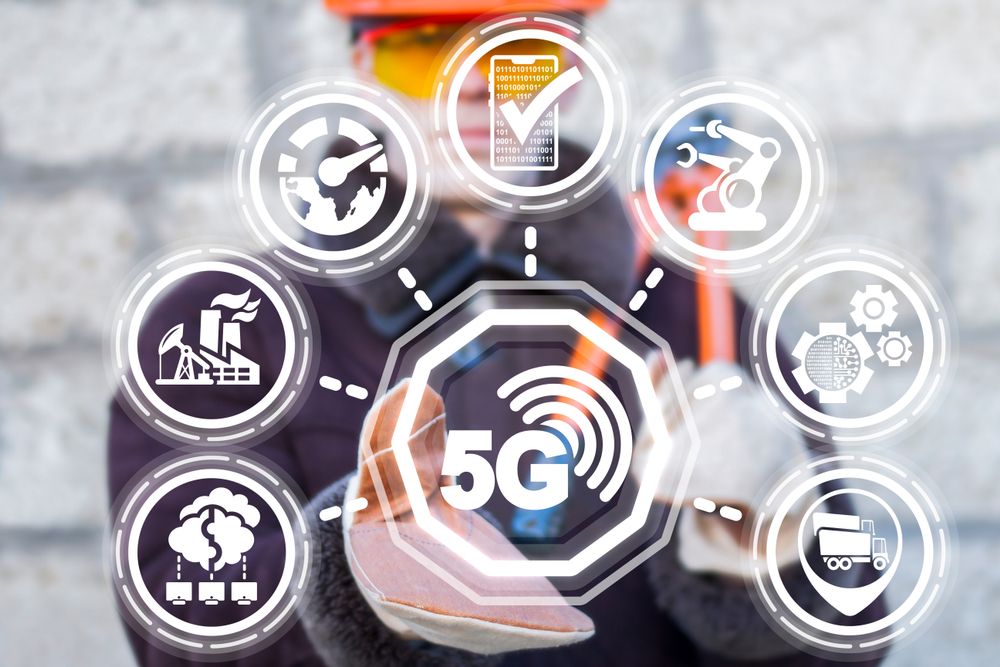One of the biggest buzzwords flittering around the manufacturing industry today is “5G.” It seems like only a few years ago 4G LTE paved the way for connected devices, expanding the capabilities of 3G networks. Now, we’re on the cusp of 5G: infrastructure that promises to be 100 times faster than 4G LTE. And it’s going to need to be if manufacturers want to power the next generation of innovative tech!
5G is about latency, not bandwidth
5G is the fifth generation of wireless networking technologies. Since the first generation of analog cellular networks, every iteration of improvements has enabled faster data speeds, which has generally contributed to more data sent.
There’s an important distinction to make here — one that affects manufacturers specifically. The hype around 5G isn’t bandwidth (the amount of data sent), but rather latency (the speed of data sent). While tomorrow’s cutting-edge tech will demand more data handling, what’s vital is the speed at which it’s communicated.

Powering the next wave of tech
The next wave of industrial tech includes the likes of virtual reality (VR) and augmented reality (AR). Not only are these data-heavy technologies, they also require extremely rapid processing that must occur over the network almost instantly.
Take an AR application, for example. A factory maintenance tech in the field might pull up a schematic of an engine in their visor. Because AR interacts with the physical world, it’s a dynamic technology. The AR app will have to respond to the maintenance tech’s actions in real time, which takes an extreme amount of processing power. That processing happens in the cloud. But in order to take real-time data from the physical, beam it to the cloud, process it, and beam back the appropriate response, it’ll take a network with lightning-fast capabilities.
5G has the potential to be that fast. In addition, it has the potential to vastly improve the technological capabilities of factories as a whole. AR and VR are just individual applications that require tremendous processing power. 5G will also handle communication between the many facets of the expanding industrial internet of things (IIoT).

When will 5G finally hit?
If the true potential of technologies such as AR and VR can’t be realized until 5G is in place, there’s more reason to focus on the new network’s rollout. So, when exactly will 5G make an appearance?
It’s a complicated question. For the public, 5G is already rolling out, albeit at a small scale in select major cities. Manufacturers have a shorter lead time to be certain, but it’s actually less about time than it is money. 5G could be a physical reality for factories tomorrow, but at a cost — one that most manufacturers aren’t ready to pay.
Enterprise spending on 5G technology could hit $2.7 trillion by 2020, according to a Greensill white paper on the subject. Factories will need to update their entire network infrastructures to support the enhanced latency of 5G technology, as well as invest in new hardware training to utilize and support their 5G investment. All told, the state of next-generation technologies is still too much in its infancy for manufacturers to allocate this level of spending.
The reality of 5G is still a few years away for manufacturers. And because AR, VR, and other technologies demand 5G backing, they’re even further off. The good news is that once 5G finally does come to fruition, there won’t be any lag in the network or any of the technologies to follow.
